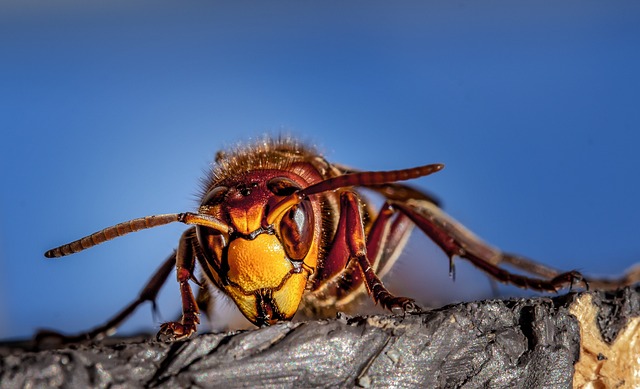Raccoons infiltrating Lakewood attics cause disruptions, damage insulation/wiring, and carry diseases. Identifying signs like noises, odors, or droppings is crucial for timely action. Eco-friendly solutions include scent repellents (cinnamon, pepper, citrus) and physical barriers (fine mesh wire, custom shields). Confirm raccoon presence through these signs and use non-toxic repellents to deter them. Implement sustainable measures like netting or one-way exclusion devices, promoting natural predator habitats for humane coexistence.
Discover the secrets to eco-friendly wildlife control, specifically focusing on raccoon infestations in your Lakewood home. This comprehensive guide explores the signs indicating a raccoon has taken up residence in your attic and the environmental impact of traditional control methods. Learn about powerful yet gentle deterrents that offer a safe and sustainable solution. By understanding these natural approaches, you can effectively manage wildlife intrusions while preserving the balance of our ecosystem.
- Understanding Raccoon Infestations and Their Impact
- Eco-Friendly Deterrents for Effective Wildlife Control
- Implementation Tips for a Safe and Sustainable Solution
Understanding Raccoon Infestations and Their Impact

Raccoons, with their dexterity and adaptability, often find their way into attics, causing significant disruptions. Identifying a raccoon infestation in your Lakewood attic is crucial as these animals can leave behind a trail of damage. Signs include unusual noises coming from the ceiling, especially at night, since raccoons are primarily nocturnal. You might also notice strong odors, as they tend to mark their territory. Scratching and scuffling sounds, along with small holes or torn openings in your attic insulation, are further indications.
Raccoon infestations can lead to various problems. They disrupt the peace of mind for homeowners and may cause structural damage by tearing up insulation, electrical wiring, and ventilation systems. Moreover, raccoons are known carriers of diseases and parasites, posing health risks to both humans and domestic pets. Prompt action is essential once you recognize these signs to prevent further complications.
Eco-Friendly Deterrents for Effective Wildlife Control

In the quest for effective wildlife control, eco-friendly deterrents offer a sustainable and non-lethal approach to managing unwanted visitors like raccoons in your Lakewood attic. Unlike traditional methods that rely on chemicals or traps, these alternatives focus on natural solutions to discourage wildlife from entering homes without causing harm. One such deterrent is the use of scent repellents; raccoons have a keen sense of smell, and certain odors like cinnamon, pepper, or citrus can deter them naturally. Installing physical barriers, such as fine mesh wire or custom-fit shields, is another eco-friendly method to prevent reentry after an initial scare.
Identifying signs of a raccoon infestation in your attic is the first step towards effective control. Look for evidence of scuffling or nesting, distinctive droppings (which can cause health issues), and any odd smells. Once detected, these deterrents can be employed to humanely remove the animals and prevent future invasions. By choosing eco-friendly options, homeowners in Lakewood can maintain a harmonious relationship with local wildlife while keeping their homes secure.
Implementation Tips for a Safe and Sustainable Solution

When implementing eco-friendly wildlife deterrents, especially for common pests like raccoons in your Lakewood attic, safety and sustainability should be paramount. Start by identifying signs of infestation—such as droppings, distinctive smells, or unusual noises—to confirm the presence of raccoons. Next, opt for non-toxic repellents designed to mimic natural predators’ scents, which can effectively deter these creatures without causing harm. Place these strategically around entry points and areas where raccoons have been spotted. Regular maintenance is crucial; check and replace deterrents as needed, ensuring they remain effective while minimizing environmental impact.
Consider the habitat and needs of the wildlife as part of your strategy. For example, raccoons are excellent climbers, so securing attics with robust, weatherproof netting or installing one-way exclusion devices can be highly effective. Encourage natural predators like owls and hawks in your area by creating safe habitats, such as nesting boxes, to help balance the ecosystem. Remember, a successful eco-friendly approach focuses on humane methods that respect both wildlife and human coexistence.
Raccoon infestations, especially in attics, can cause significant damage if left unchecked. However, with the right eco-friendly deterrents and implementation strategies, it’s possible to resolve these issues safely and sustainably. By understanding the signs of a raccoon infestation in your Lakewood attic and employing effective, non-toxic control methods, you can protect your home while preserving the environment. Remember, prevention is key, so take proactive steps to keep these furry visitors at bay.
